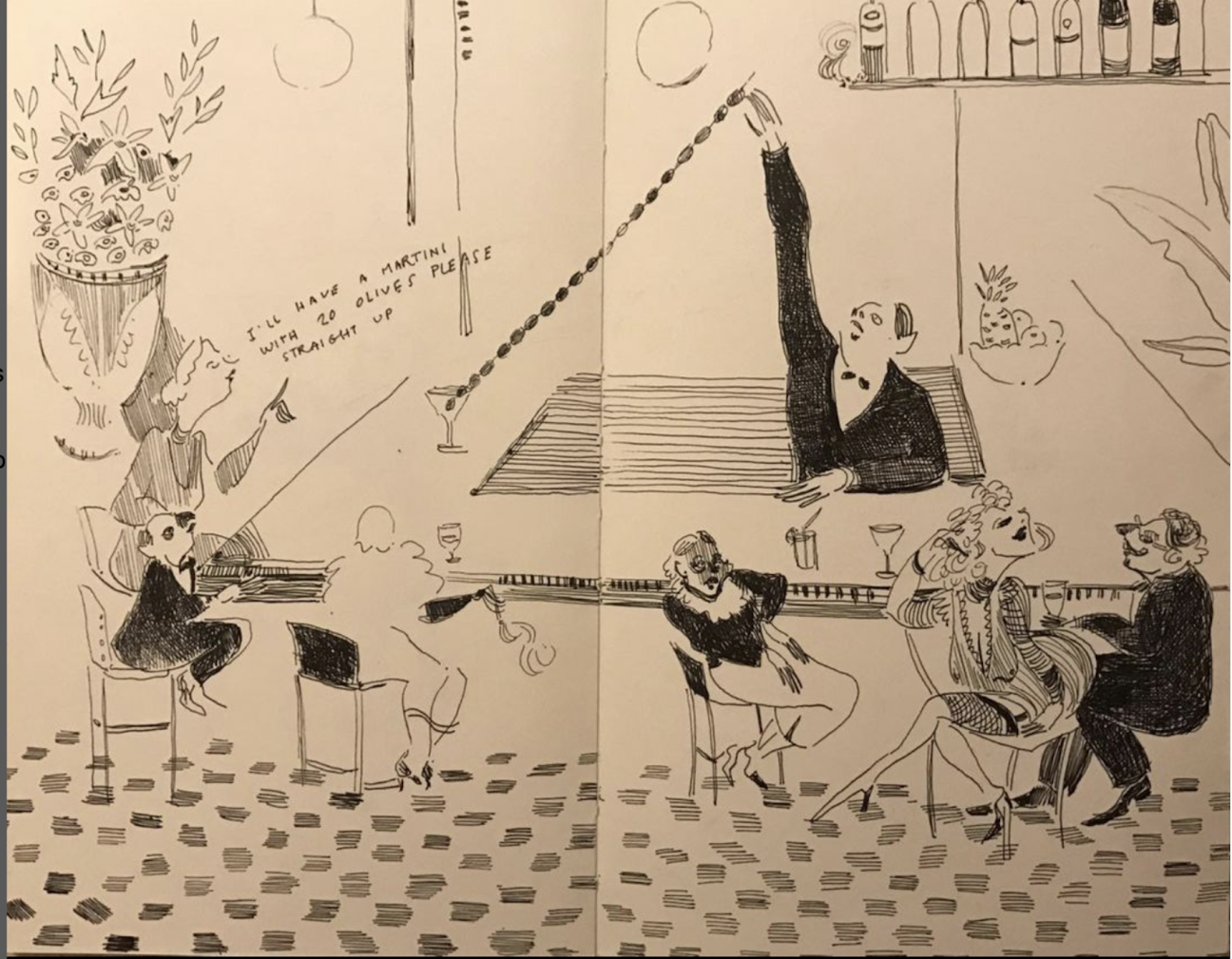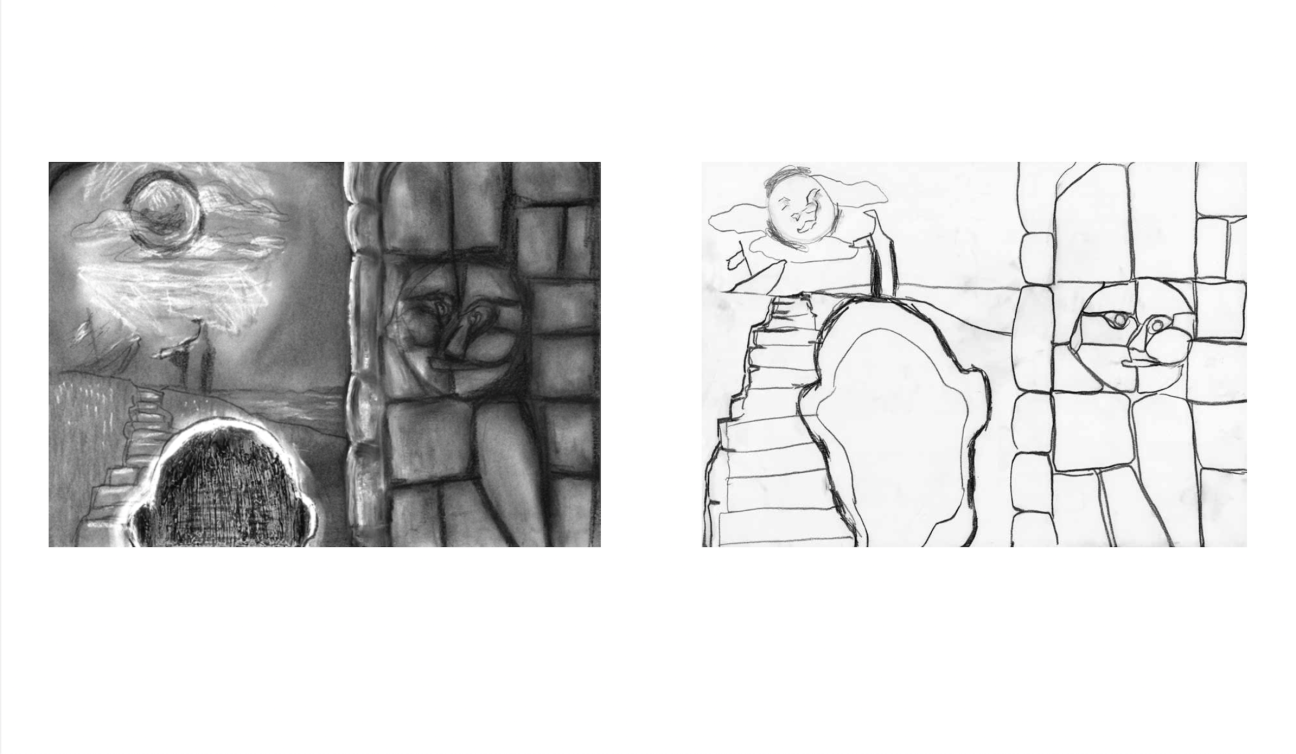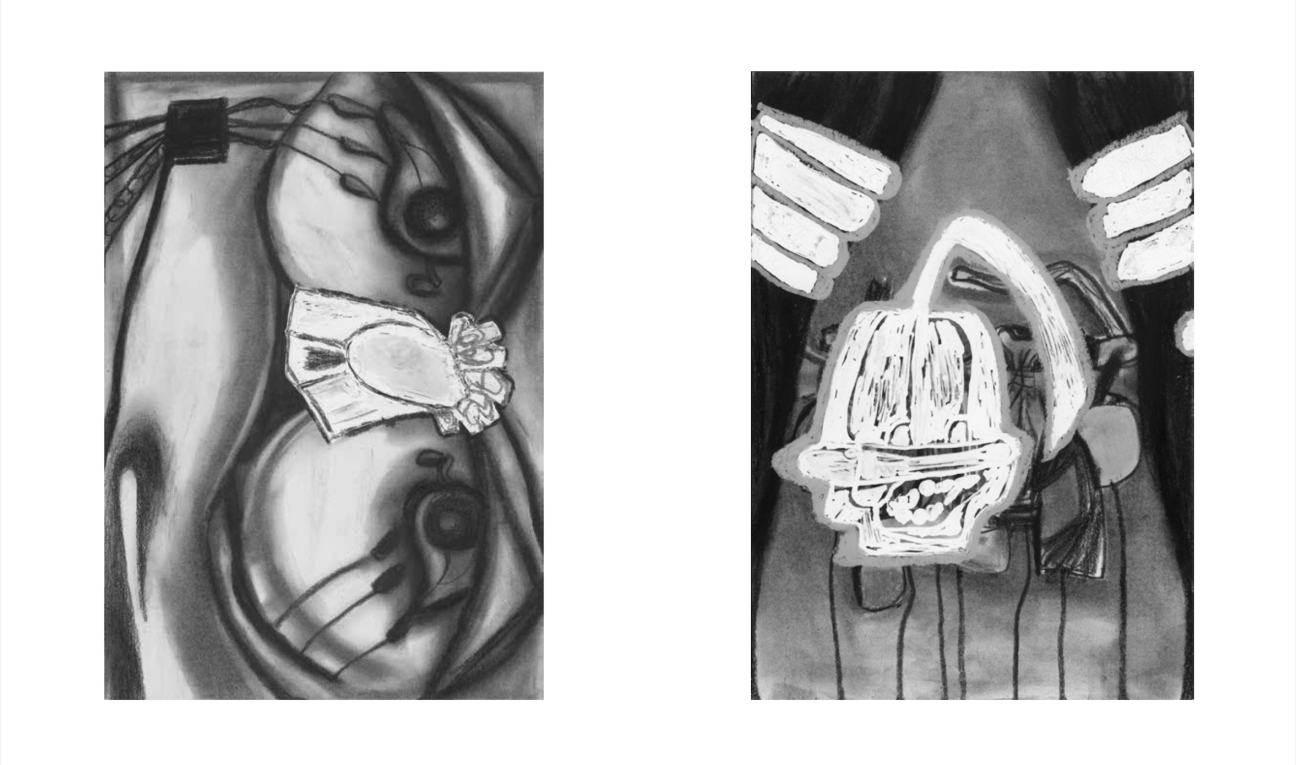
There’s nothing like it: the sensation of a black-ink pen slicing through the silkiness of a fresh sketchbook page. The pressure of the hand dictates the strength and flexibility of the line. And as the pen dances across the page, a doodle reveals itself—a shape or character dreamed up by the not-entirely-conscious mind.
The term “doodle” was popularized by the 1936 film Mr. Deeds Goes to Town, in which the protagonist, played by Gary Cooper, describes “doodlers” as “people who make foolish designs on paper when they're thinking.” Well before 1936, of course, artists made indeterminate drawings in the margins of illuminated manuscripts. In the early 20th century, surrealist figures like Salvador Dalí, Joan Miró, and Andre Masson embraced the doodle as a portal to the subconscious, where daydreams and mind wanderings were capitalized for creativity.

Today, contemporary artists are finding their way back to the relaxed motif. Doodles offer a dose of whimsicality and freedom that challenge classical compositions, and allow the audience to feel part of the organic development of the creative process. Prominent artists who embrace the aesthetic, like Shantell Martin, Dasha Shishkin, and David Shrigley, have brought a sense of repute to the humble form. And some emerging artists see it as both an end in itself and a way to reenchant other artistic practices.
Andie Dinkin, who creates dreamscapes and enchanted scenes from her Los Angeles studio, says doodling unlocks a part of her mind she’s yet to become acquainted with. “I can sit down with a pen and not really know where my pen or mind will go,” she explains. “While doodling, I create these creatures that I didn’t realize I’d been thinking about.” And it's more than a creative process—allowing the pen to take control enables Dinkin to unleash her freest, rawest self. “On a recent trip to Mexico, I was constantly doodling, and it's the ultimate stream of consciousness or insight into your internal secrets,” she says. “Even if I didn't know what those secrets were, they reveal themselves authentically.”

As a child, Dinkin used the practice to build a dream world where anything could come to life. She cultivates the same childlike sense of agency today not only in her doodles but also in her paintings, where lively garden parties and soirees come to life. With an upcoming September show at New York's Half Gallery, Dinkin’s paintings will unleash an oasis of tranquility, chronicling the same emotional release she gets from doodling. “I don't plan my paintings; if you’re listening, the painting will tell you where to go,” she says.

London-based multimedia artist Claire Barrow found solace in drawing at a time when much of her activity was otherwise restricted. Barrow’s zine, Nite Drawings, collects doodles she created in solitude following a traumatic head injury. Secluded and instructed to spend time in the darkness to relieve the pain, she used doodling to document a period when her mind was her only companion. Without visual stimuli, she created a collection of sketches depicting castles and medieval patterns reminiscent of her North England upbringing.

In a group show at London’s Design Museum in September, Barrow will display some of her preparatory pen sketches alongside the garments onto which she incorporated them. Doodling has ignited her art and design practice, informing her dystopic creations, which span illustration, sculpture, painting, and clothing. In all its incarnations, Barrow's work is fuelled by escapism and imagination. “When I draw, I sketch without a reference image and purely pull from my brain to identify what the image will look like," she shares. "I like to push that even further and make it hard for people to understand or comprehend what’s depicted.”
We come to know ourselves (and our consciousness) by unlocking our internal dialogue. Doodles can be the key to that process. And the practice isn’t restricted to artists. It can help all of us think—and discover what we think. As the literary critic George Steiner once said, “Modernity often prefers the sketch to the finished painting.” The process offers an insightful and telling journey into the mind’s rugged landscape.










 in your life?
in your life?

